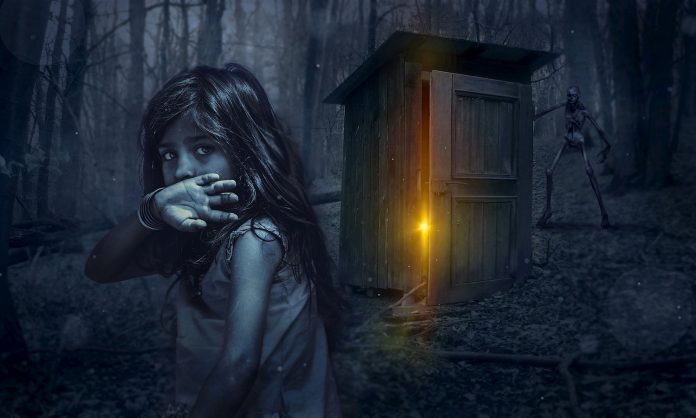
In a post on BookBaby, Jasmine Gayle offers advice on creating suspense in your story. “The key to suspense is to leave the reader uncertain — and in anticipation of — what will happen next,” she says. “There are many ways you can weave suspense into your story structure to create an exciting dynamic and keep your readers engaged.”
The key to suspense is uncertainty. Unanswered questions raise the audience’s curiosity and high stakes puts them on the edge of their seat. Some techniques for creating uncertainty include:
- Withholding information. “How you decide what information to give, what to hide, and when to deliver it shapes the story and your connection with your reader,” Gayle writes. You can withhold information by giving the reader only what knowledge is presented to your narrator. You can also withhold important events or details until you’re deeper into your plot.
- Using cliffhangers. When you cut away from a character in danger or at the height of an emotional scene, you leave the reader hungry to find out what happens next. Cliffhangers create tension and a sense of urgency. The trick is finding the right point to cut away and avoiding their over-use.
- Foreshadowing. Foreshadowing suggests what may come, either through symbolism, backstory, or dialogue. This technique raises possibilities for the reader, which you can use to affirm or undermine their expectations.
- Red herrings. Like foreshadowing, red herrings hint at what may have happened or will happen in your story. However, red herrings are used to misdirect. Use them to set up your reader’s expectations, then undermine them with a twist.
So how can you use these techniques? Gayle suggests:
- Point of view. A close POV provides your reader only with the information also possessed by your narrator. An omniscient POV can hint at future events or past secrets that might soon come to light.
- Pacing. “Pace can be determined by how quickly a character acts, how often something is happening to them, or an inciting action that speeds up the drama, stakes, or plot of the storyline,” Gayle writes.
- Scene setting. “Consider the details of where your character lives or the scene in which an event is about to happen,” Gayle says. “The chill in the air, the lights flickering, a devious smirk crossing the face of a character. Subtle details like this will build and change your readers’ expectations as you can lead them to anticipate different possible outcomes.”
- Details. Sensory details, weather, lighting, and sounds can trigger a reader’s memories and expectations, creating questions and raising tension.











